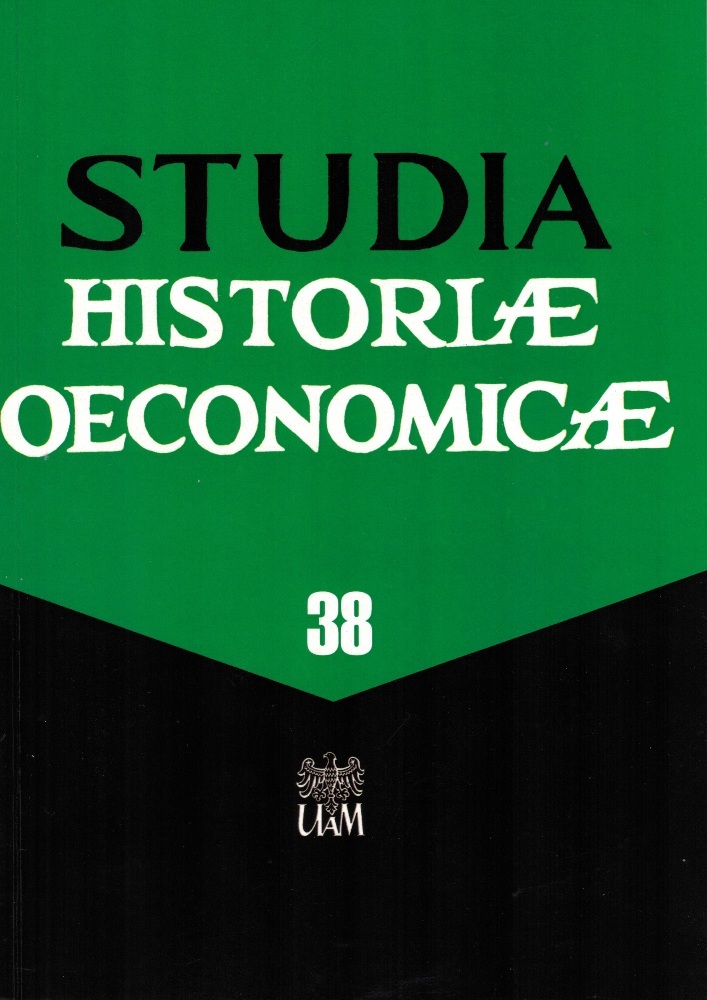Abstract
Colonization successfully advanced various reforms in Africa that affected several practices on the continent. The various customs that have been affected include the land tenure system of British colonies in particular. An abundance of laws and policies were adopted with the sole aim of conserving the environment. These policies often clashed with indigenous interests and witnessed counter attacks as a result. Despite this, there is little information in the literature concerning how British land policies shaped their relations with the indigenous people, particularly the Asante. Based on a qualitative research approach, the current study uses Asante as a focal point of discourse in order to historically trace British land policies and how they, the British engaged with the people of Asante. From the discourse, it should be established that the colonial administration passed ordinances to mobilize revenue and not necessarily for the protection of the environment. In addition, the findings indicated that the boom in cash crops, such as cocoa and rubber, prompted Britain to reform the land tenure system. With the land policies, individuals and private organizations could acquire lands from local authorities for the cultivation of cash crops. We conclude that the quest to control land distribution caused the British to further annex Asante.
References
Parliamentary Papers (10 August, 1894), Ramseyer to Colonial Office, C 1999.
Parliamentary Papers (19 June, 1894), Ramseyer to Wolseley, C 7917, 192-94.
PRAAD, Accra, Annual Reports on the Land Department for 1929-30, CSO 12/1/20.
PRAAD, Accra, Annual Reports on the Lands Department, 1931-1932. CSO/12/1/21.
PRAAD, Accra, Report on the Legislation Governing the Alienation of Native Lands in the Gold Coast Colony and Asante, ADM 5/3/13.
PRAAD, Accra. The Northern Territories Administration Amendment Ordinance, 1923. ADM 4/1/52.
PRAAD, Kumase, Registration of Office to lands with Special Reference to its Introduction on the Gold Coast, ARG1/3/6/12.
The Gold Coast Methodist Times for 31 August, 1894.
Adjaye J.K. (1989), Asantehene Agyeman Prempe I and British Colonization of Asante: A Reassessment, International Journal of African Historical Studies, 22(2), 223-249.
Agbosu L.K. (1983), The Origins of Forest Law and Policy in Ghana during the Colonial Period, Journal of African Law, 27(2). 169-187.
Amanor K.S., Yaro J.A., Teye J.K. (2020), LongTerm Change and Agricultural Commercialization in Ghanaian Cocoa, Working Paper 31, Future Agricultures Consortium, Brighton.
Antwi M. (2011), The Contribution of the Asante Kings to the Growth of Methodism in Asante: 18392002, KNUST, Kumase (diss.).
Asante S.K. (1965), Interests in Land in the Customary Law of Ghana: A new appraisal. Yale Law Journal, 848-885.
Attuquayefio D.K., Fobil J.N. (2005), An Overview of Biodiversity Conservation in Ghana: Challenges and prospects, West African Journal of Applied Ecology, 7, 1-18.
Austin G. (2005), Labor, Land and Capital in Ghana: From Slavery to Free Labor in Asante, 18071956, University of Rochester Press, Rochester.
Brempong A. (2000), The Role of Nana Yaa Asantewaa in the 1900 Asante War of Resistance, Ghana Studies, 3(1), 97-110.
Danquah F.K. (1991), The Capsid, Black pod and Swollen Shoot Cacao Diseases in Ghana: 19101966. Iowa State University (diss).
Dumett R. (1971), The Rubber Trade of the Gold Coast and Asante in the Nineteenth Century: African Innovation and Market Responsiveness, Journal of African History, 79-101.
Hill P. (1969), The Migrant Cocoa Farmers of Southern Ghana: A Study and Rural Capitalism, Cambridge, London.
Jone, A. (1991), Four Years in Asante: One Source or Several? History in Africa, 18, 173-203.
Kotey E.N.A., Francois J., Owusu J.G.K., Yeboah R.A., Amanor K.S., Antwi L. (1998), Falling into Place: Policy that works for Forests and People, International Institute for Environmental and Development, London.
Lahouel B. (2011), British Land Legislation in the Gold Coast (18761897): A Threat to Native Institutions? Alizés: Revue angliciste de La Réunion, Faculté des Lettres et Sciences humaines (Universitéde La Réunion), Straddled Borders, 123-138.
From Slave Trade to ‘Legitimate’ Commerce: The Commercial Transition in Nineteenthcentury West Africa (Vol. 86) (2002),. Law R. (ed.), Cambridge University Pres, London.
McCaskie T.C. (1978), The Creation of Asante Goldfields Corporation Limited, CA 1890 1910: An Episode in the Colonial Impact upon Asante, Asantesem, 9, 37-47.
Obeng-Odoom F. (2016), Understanding Land Reform in Ghana: A Critical Postcolonial Institutional Approach, Review of Radical Political Economics, 48(4), 661–680.
Omosini O. (1972), The Gold Coast Land Question, 18941900: Some Issues Raised on West Africa’s Economic Development, The International Journal of African Historical Studies, 5(3), 453-469.
Owusu-Mensah I. (2014), Politics, Chieftaincy and Customary Law in Ghana’s Fourth Republic, Journal of Pan African Studies, 6(7), 31-48.
Parren M.P.E., de-Graft N.R. (1995), The Quest for Natural Forest Management in Ghana, Cote d’Ivoire and Liberia, the Tropenbus Foundation, Wageningen.
Rattray R.S. (1923), Asante. Oxford, London.
Ross C. (2017), Ecology and Power in the Age of Empire: Europe and the Transformation of the Tropical World. Oxford University Press, London.
Sackeyfio N. (2012), The Politics of Land and Urban Space in Colonial Accra, History in Africa, 39, 293-329.
Sayer J., Harcourt C.S., Collins N.M. (1992), Conservation Atlas of Tropical Forest: Africa. World Conservation Monitoring Centre and IUCN, Cambridge.
Shillington K. (1989), History of Africa, Red Globe Press, New York.
Steiner P. (1901), Dark and Stormy Days at Kumassi, 1900, S. W. Partridge, London.
Wilks I. (1975), Asante in the Nineteenth century: The structure and evolution of a political order. Cambridge University Press, Cambridge.
Wilks I. (1998), Unity and Progress: Asante revisited, Ghana Studies 1, 159-65.
Wilks I. (2000), Asante at the End of the Nineteenth Century: Setting the Records Straight. University of Wales, Ghana Studies, 3, 13-59.
License
Copyright (c) 2020 Samuel Adu-Gyamfi, Emmanuel Bempong, Henry Tettey Yartey, Benjamin Dompreh Darkwa

This work is licensed under a Creative Commons Attribution-ShareAlike 4.0 International License.





